As your dog ages, their needs and preferences change, just like ours. However, that doesn’t mean your fur baby still can’t have an enjoyable life. Senior dogs often require special care to ensure they remain comfortable, happy, and healthy in their golden years. Here are ten tips to help you keep your senior dog comfortable and content.
1. Regular Veterinary Check-ups
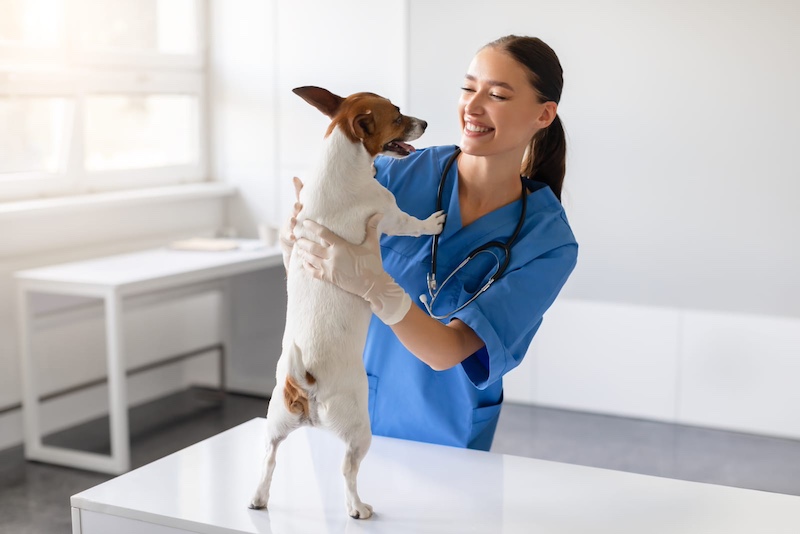
Regular visits to the veterinarian are crucial for senior dogs. As they age, they become more susceptible to various health issues, including arthritis, dental problems, and organ dysfunction. A vet can help detect these issues early and recommend appropriate treatments or lifestyle changes. Annual or biannual check-ups can make a significant difference in your dog’s quality of life.
2. Comfortable Bedding
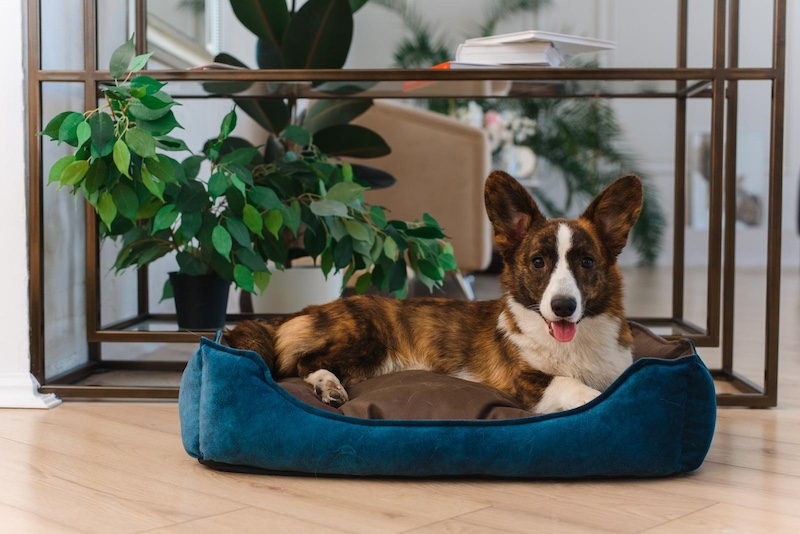
Older dogs often suffer from joint pain or arthritis, making comfortable bedding essential. Consider investing in a high-quality orthopedic dog bed that provides ample support for your dog’s joints. Look for beds with memory foam or other cushioning materials. Additionally, place the bed in a warm, quiet area to ensure your dog can rest peacefully.
3. Joint Supplements
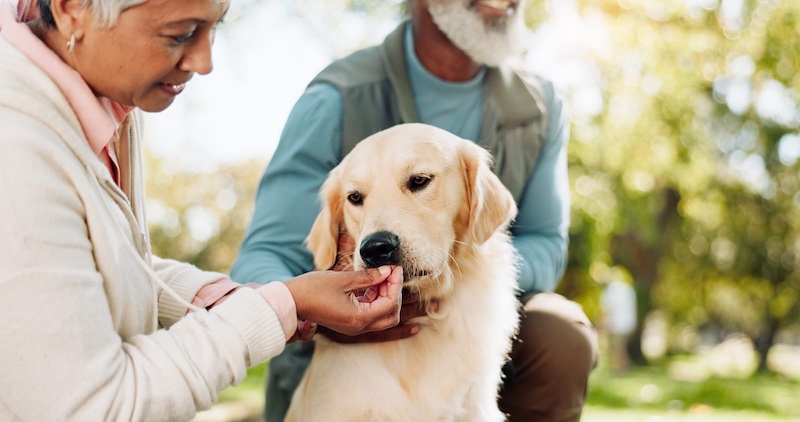
As dogs age, their joints can become stiff and painful. Joint supplements containing glucosamine and chondroitin can help alleviate discomfort and improve mobility. Consult your veterinarian before starting any supplements to ensure they are safe and appropriate for your dog’s specific needs.
4. Diet and Nutrition
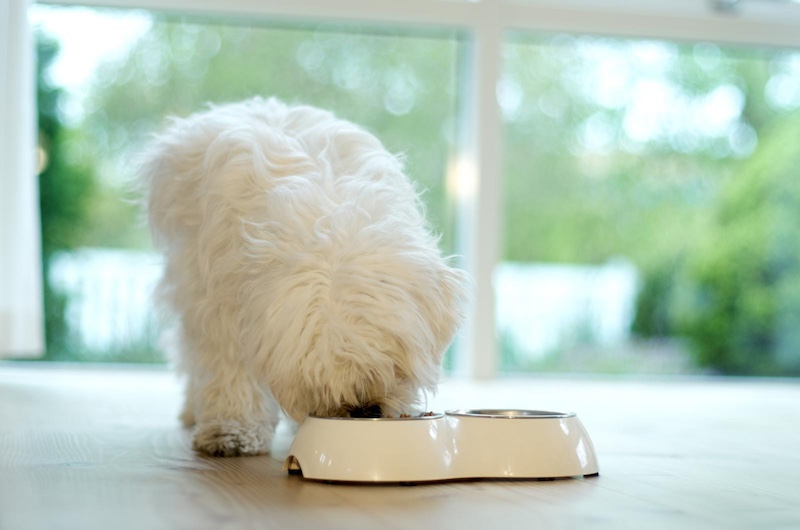
A balanced diet is essential for maintaining your senior dog’s health. Older dogs may have different dietary requirements, such as lower calorie intake to prevent obesity or specific nutrients to support joint health. Consider switching to a senior dog food formula that meets these needs. Additionally, consult your vet about any necessary dietary adjustments or supplements.
5. Regular, Gentle Exercise
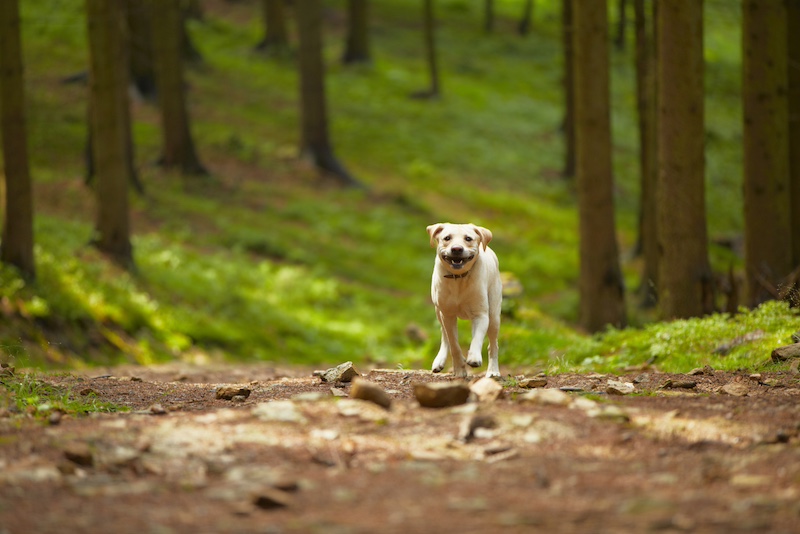
While senior dogs may not have the same energy levels as younger dogs, they still need regular exercise to maintain muscle tone and prevent obesity. Opt for low-impact activities like short walks, swimming, or gentle play. Be mindful of your dog’s limitations and adjust the intensity and duration of exercise accordingly.
6. Mental Stimulation
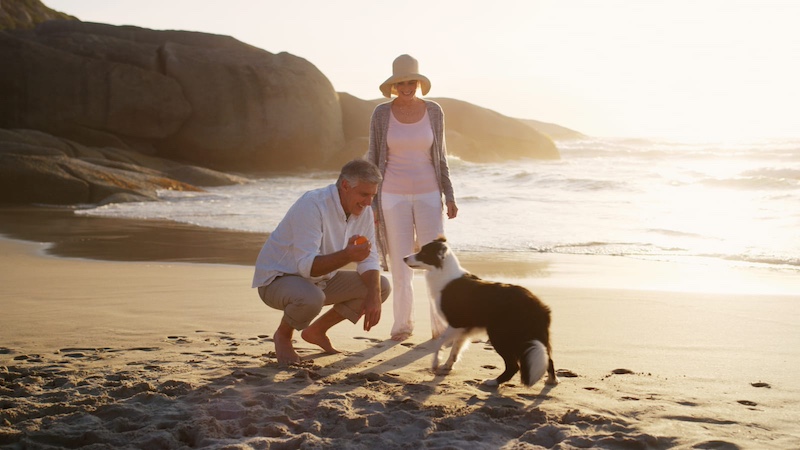
Mental stimulation is just as important as physical exercise for senior dogs. Keeping their minds active can help prevent cognitive decline and improve their overall well-being. Engage your dog with puzzle toys, interactive games, or simple training exercises. Even teaching new tricks can be a fun way to keep your dog’s mind sharp.
7. Grooming and Hygiene
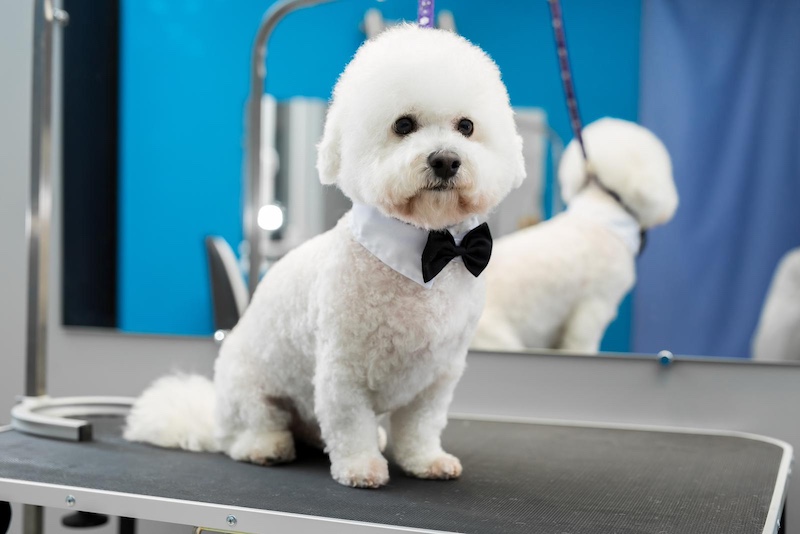
Proper grooming is essential for maintaining your senior dog’s comfort and health. Regularly brush your dog’s coat to prevent matting, which can be uncomfortable or even painful. Check for lumps, bumps, or skin issues during grooming sessions. Additionally, keep your dog’s nails trimmed, as overgrown nails can cause discomfort or mobility issues.
8. Temperature Regulation
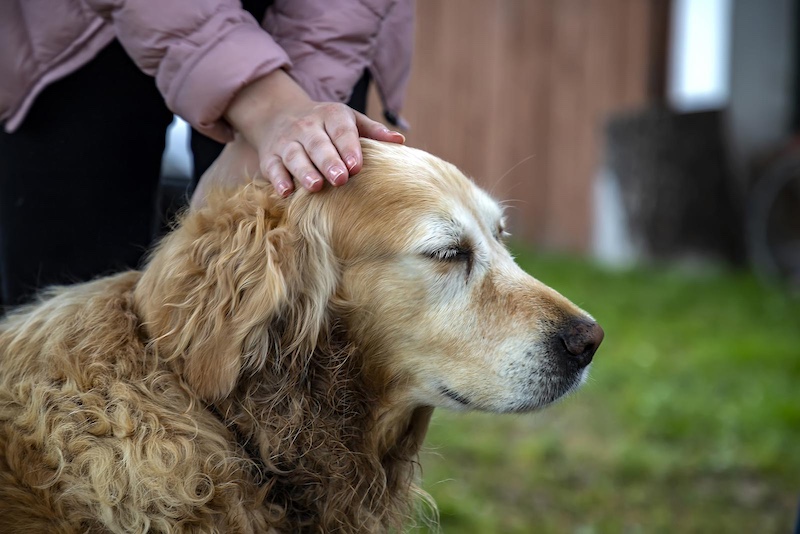
Senior dogs are more sensitive to temperature changes. In colder months, provide extra blankets or a heated pet bed to keep your dog warm. During hot weather, ensure your dog has access to a cool, shaded area and plenty of fresh water. Never leave your dog in a hot car, as senior dogs are more prone to heatstroke.
9. Accessible Living Space

As dogs age, mobility can become a challenge. Make your home more accessible for your senior dog by providing ramps or steps for getting on and off furniture or in and out of the car. Ensure their favorite spots are easily reachable without having to jump or climb. Additionally, consider placing non-slip mats on slippery floors to prevent falls.
10. Extra Love and Attention
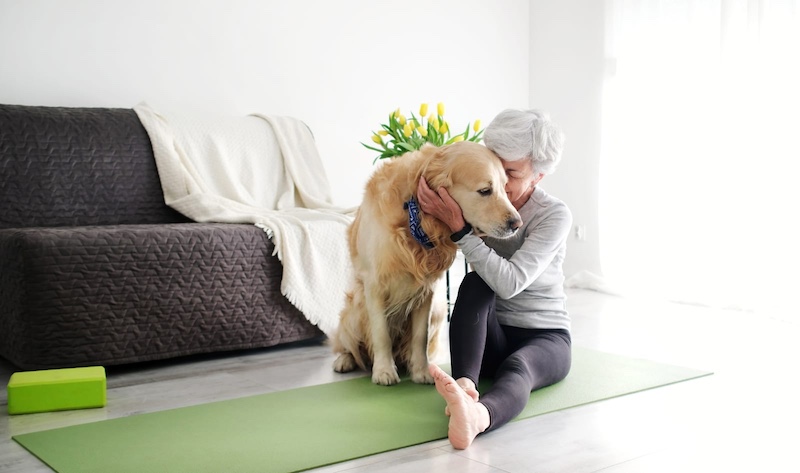
Senior dogs may require more emotional support and reassurance. Spend quality time with your dog, offering gentle petting, cuddles, and kind words. Pay attention to any changes in behavior, as they may indicate discomfort or health issues. Your presence and affection can provide immense comfort and security for your aging companion.

